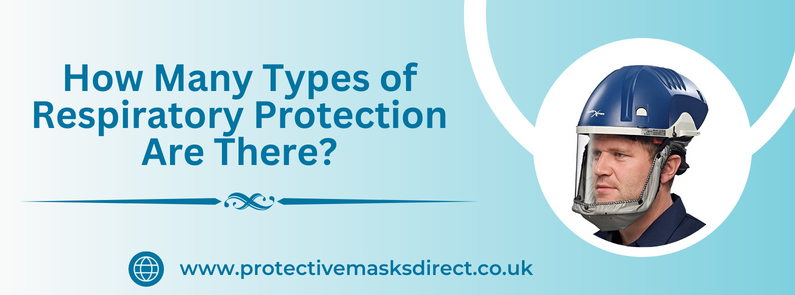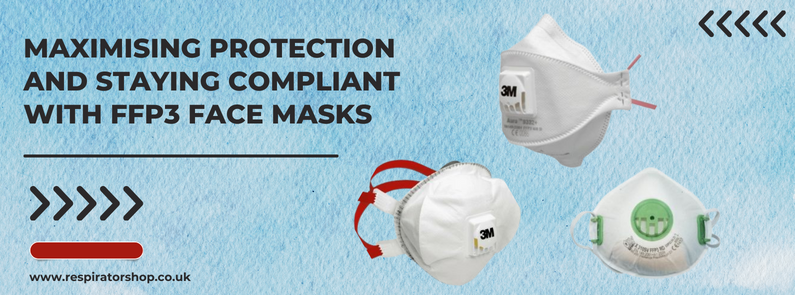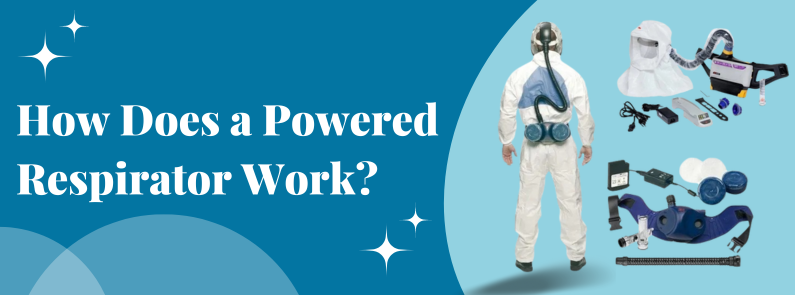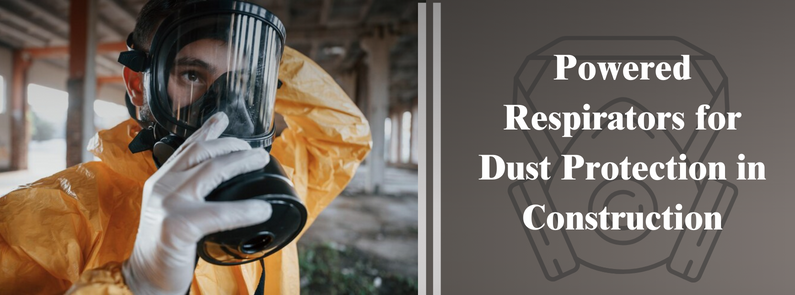
It can be a hassle sometimes, picking out workwear during the cold, wintry months. It is already taxing enough, getting out of bed from beneath your warm covers; no one really needs the bonus stress over clothing. We are here to guide you on how to pick the perfect workwear during the chilly weather.
Pile up the Layers
The basic concept of layering is intended to keep you warm. Layering does not mean you pile on five sweaters. The trick is to use different layers that sit smoothly on top of each other, do not cause you discomfort and do different jobs. Plan beforehand and do some strategic buying to avoid burning a hole in your pocket and still end up with your teeth chattering.
The Base Layer – The main function of the lowermost or base layer is to supply insulation and absorb sweat if the user engages in physical activity. In order to perform this job, the base layer should be tight-fitting. Wool and synthetic garments are the best options in this category. They quickly absorb the sweat from the skin and offer greater insulation. Try to avoid cotton unless your work requires you to wear cotton clothes.
The Middle Insulating Layer - The middle layer is the main insulating layer. Here the most important aspect is flexibility and passage of air. Proper ventilation is required during times of exertion and in warm environments, additionally to protect you when it gets severely cold.
Selecting this layer is a task, as you have to consider the job you’ll be attending to and the weather conditions. Extended periods of activity and physical exertion generates a lot of body heat, keeping you warmer, while shorter duration jobs or static jobs make you feel cold according to the outside temperature. Wear clothes with zips, collars, and drawstrings so that you have the option of opening them up for ventilation when you feel sweaty, or closeup tight when it gets extremely cold.
Lower Body Protection- You can keep your lower body warm and comfortable in the cold by wearing thick, warm pants/trousers made of lined cotton or heavy synthetic materials like polyester. Moleskin pants are also very effective in beating the cold in super cold regions. Keep in mind that your pants must not be too tight, else they will restrict blood circulation and make you feel colder. Skin-fitted clothes are a no-no.
You can go for overalls and bibs; they are useful in providing that extra insulation and keeping your whole body covered in the wintry weather while you’re working.
Upper Body Protection – For protecting your upper body we recommend thick winter shirts, sweaters, hoodies, bodywarmers, and jackets. Go for the woollen, down or fleece(synthetic) garments. You can also wear thick cotton shirts. For relatively less cold conditions, vesta and gilets are the perfect workwear, if you’re in for a moderate level of exertion and free movement of the limbs is essential in your line of work.
The Outer Layer – This layer is also called the Shell Layer because it protects you just like a tortoise’s shell protects it from all harm. The key functionality of this layer requires it to be waterproof or resilient to wind according to the weather conditions (snow or rain). It does not necessarily have to have an insulating role. If you have a job that requires you to be static, then your outer layer has to have the provision for insulation.
Similar to the middle layer, the shell layer should also have drawstrings and collar cuffs that can be opened or closed over to prevent the warm air from escaping, as and when required.
Protect your head, hands, and feet at all times.
Head- Covering your head can make a big difference in retaining body heat. Put on a hat, or a jacket that has a hood to cover your head and ears (for hearing protection) as a shield from the wind and cold. Putting on a coat might seem like the more obvious option here but trust us it is not actually the case!
You have many options like balaclavas (which is a hat that can be pulled down to act like a full face mask), beanie, hard hats, etc. to protect your head.
Hands- Gloves should be your go-to workwear in cold weather. Your fingers easily lose a lot of heat since they are exposed the most in terms of surface area. They cannot retain the heat either. Keep your hands warm to avoid losing efficiency in the task you’re performing. Nowadays lightweight sensor gloves are available, which lets you use your smartphones without taking off the gloves, hence keeping you warm and at the same time allowing you to attend to your business without any limitations.
There are various types of gloves in the market, like hand warmers (in different variants like rechargeable/disposable/refillable), work mittens, gloves with fiberfill insulation, fleece-lined gloves, high visibility, reflective gloves, etc. that cater to different kinds of occupations.
Neck- You can wrap around a scarf, neck gaiter or woollen muffler to protect your neck. Just like the ears, the neck is a delicate region, prone to cold conditions. Do not wear cotton scarfs. They might look pretty and colorful, but your main focus should be protecting your skin in the harsh winter. Ideally, the scarf should be worn under the outermost layer and over the middle insulating layer to give the best results.
Feet- Socks are your feet’s saviors during the chilly winter. Get warm, thick, insulation socks preferably made of wool (because they are the best) or you can get ones that are wool and polyester or nylon blend with elastane for stretchability. Socks provide a snug fit over your feet and keep them warm. On top, you can wear winter boots that go up to your ankles. Do not wear too many pairs of socks, they will make you uncomfortable by making your footwear too tight and instead have a reverse effect by pushing out all the air, which the main insulator and make your feet cold. You can also add thermal insoles to your footwear for that extra protection. We tend to lose a lot of heat through our feet because they are in constant contact with the freezing ground.
Pay attention to your face (by using disposable dust masks), wrists and ankles as well.
Stay Warm at Work
Who said you cannot dress up smart during the winter months? Now you do not have to compromise because of the weather, or your workplace, because there are plenty of options for you to choose from. Just be creative, while keeping the main aim in mind i.e. protecting yourself from frostbite.





